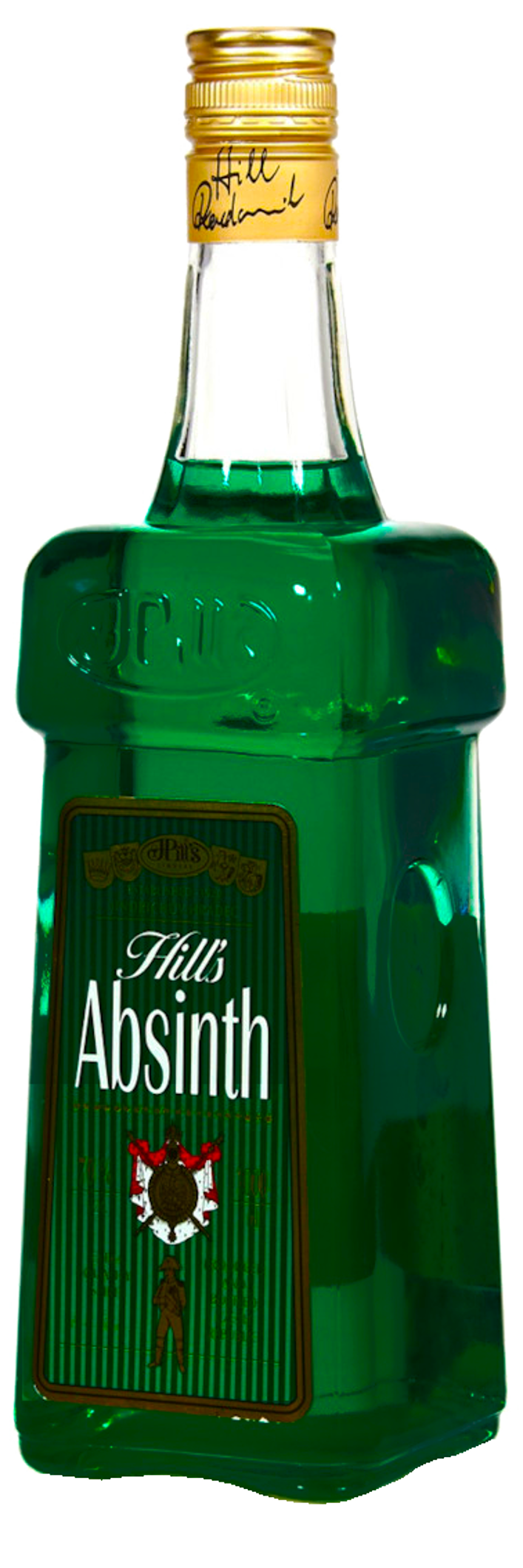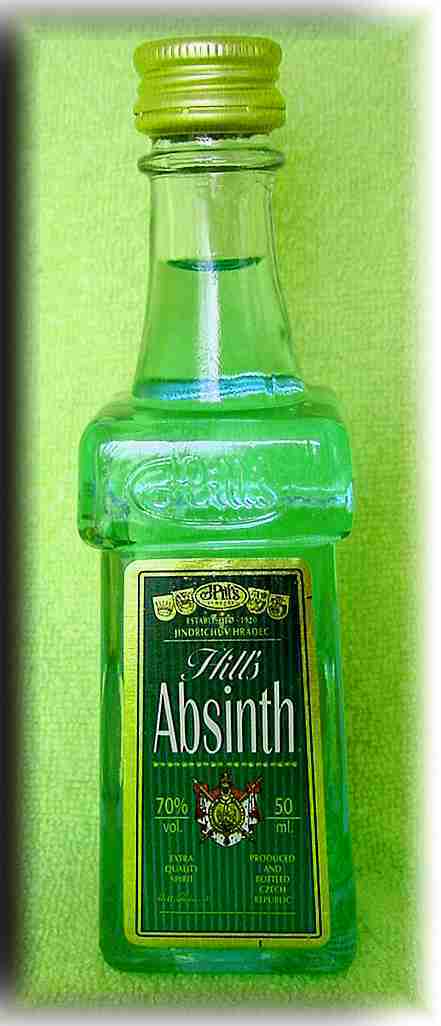

Still, back then, I was a dilettante pioneer in my neck of the woods: sale in the US remained prohibited, internet overseas shipping was expensive, products were obscure and sometimes overrated. There are absinthes that can actually be enjoyed! And there are people going to great lengths to lift century-old bans and recreate the exact flavors of yesteryear. Around the same time, or maybe slightly later, I also began to educate myself on more respectable products, the revival stuff that doesn’t want to be seen anywhere near the Czech imposters. Once back home, I inflicted upon my friends countless flaming absinthe concoctions that often sent them rushing for the kitchen sink. 70% alcohol, bright green, dirt cheap… What else could you possibly want? Before going clubbing in the old town, in a bathhouse converted into a four-story disco, I drank my shots of Staroplzenecký. If you were a tourist in Prague in the early 00s, absinthe was everywhere in the streets. In my misguided youth, I, too, discovered absinthe for all the wrong reasons. And despite the questionable production methods, these products should certainly be credited for the modern absinthe revival that would later follow. These distillers set out to create a product that reflects their conflicted destiny: a First Republic absinthe substitute, produced following the very communist habit of making alcoholic beverages by mixing cheap neutral alcohol, flavors, and coloring. Prague becomes the paradise of the artificial bright green fairy with brands like Staroplzenecký and Hill’s. Times when they could make a pretty penny by cashing in on the nefarious appeal of the Green Fairy.

Times when they still ran their very own liquor businesses, before they became stigmatized as capitalist pariahs and had their properties confiscated for the benefit of The People. At this point the rest of the world has mostly forgotten all about absinthe, but some Czech distillers are old enough to remember the times before the war. Freedom is in the air, whether it’s of the speech, movement, or wormwood variety. Even in France, as quantity started replacing quality, one could buy cheap products that took all kinds of shortcuts (some deadly) in attempts to reproduce some of the attributes of the Green Fairy at a fraction of the cost - a fact that quite likely contributed to the drink’s eventual ban.įast-forward half a century, and the Velvet Revolution is eager to undo anything that the communists did, especially when it comes to banned stuff. It should be noted, however, that the Czech did not hold the monopoly on imitation absinthe. While the French and Swiss styles are produced by macerating herbs in alcohol, distilling, and often macerating again, Bohemian absinthe essentially stops after the first step. Absinth was also popular in the Daliborka bar in Prague 6, where, among others, Czech poets Jiri Wolker and Vitezslav Nezval were often enjoying it. At that time in Prague, absinth was widely consumed especially in the Slavia Café, where a famous painting “Absinth drinker” by Viktor Oliva has been on display until today. Modern Bohemian-style absinthes are based on an old tradition of absinth substitute from the period of the First Republic (1918-1938). According to the Absintherie, an absinthe shop cum bar cum museum in Prague: You can read absinthe’s tortured history elsewhere, but what interests us today is the emergence of Bohemian absinthes (Bohemian as in from Bohemia, the region that covers the western half of Czech Republic - nothing to do with gypsies or with would-be artists living in Williamsburg).

There is evidence that absinthe was produced in Czech Republic as early as the second half of the 19th century, which is precisely when the drink’s popularity started growing throughout Europe. Absinthe in Czech Republic, really? Yes! Unbeknownst to most, the country has a substantial and long-standing absinthe tradition. This shouldn’t be all that surprising, considering Central Europe’s taste for funky herbal liqueurs (recall, for example, Becherovka).


 0 kommentar(er)
0 kommentar(er)
